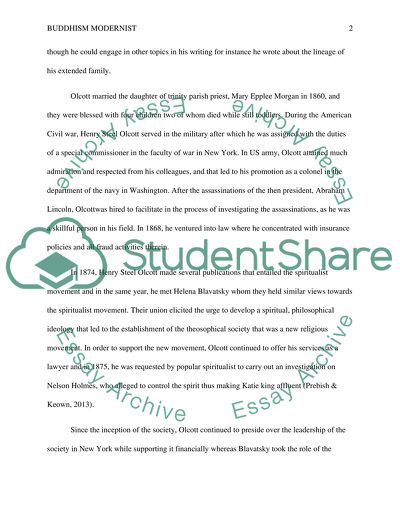Cite this document
(“Buddhism Modernist- Colonel Henry Steel Olcott Essay”, n.d.)
Retrieved from https://studentshare.org/religion-and-theology/1632373-buddhism-modernist-colonel-henry-steel-olcott
Retrieved from https://studentshare.org/religion-and-theology/1632373-buddhism-modernist-colonel-henry-steel-olcott
(Buddhism Modernist- Colonel Henry Steel Olcott Essay)
https://studentshare.org/religion-and-theology/1632373-buddhism-modernist-colonel-henry-steel-olcott.
https://studentshare.org/religion-and-theology/1632373-buddhism-modernist-colonel-henry-steel-olcott.
“Buddhism Modernist- Colonel Henry Steel Olcott Essay”, n.d. https://studentshare.org/religion-and-theology/1632373-buddhism-modernist-colonel-henry-steel-olcott.


